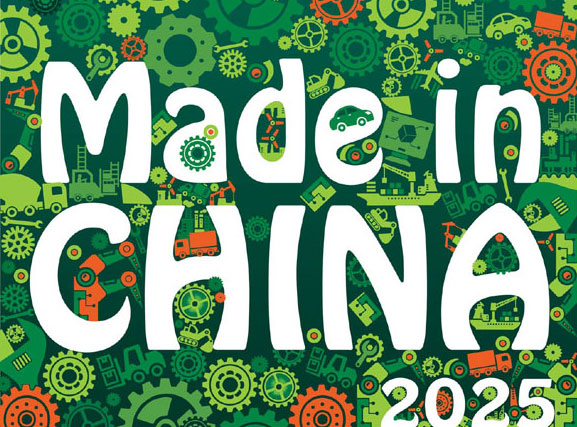China has the potential to be top market for electric vehicles
Updated: 2015-10-30 07:28
By Du Xiaoying(China Daily Europe)
|
|||||||||||
These drivers are not only having their patience tested but also their pockets stretched, too, by pricing rules that aim to make owning and running such infrastructure an attractive proposition for investors. Since those policies were introduced in June, prices for charging vehicles have risen and the economic attraction of owning the cars has lost some of its gloss.
In Beijing, the upper limit for electricity charges per kilowatt-hour is 15 percent of that day's maximum retail price per liter of No 92 petrol in Beijing.
"The price is unreasonable," says Liu, who has to pay 90 yuan ($14; 13 euros)to fully charge his car, compared with about 40 yuan before. A full charge usually takes him 300 kilometers, he says.
Li, the Uber driver, says it costs him about 150 yuan for a charge that will last for 320 kilometers, about double what it used to cost.
"In fact now there is little difference in the cost of running petrol and electric cars," Li says.
Against that, last year the State Council announced that it would make buying new energy vehicles more attractive by exempting them from sales taxes levied on motor vehicles. That comes on top of rebates ranging between 31,500 yuan and 54,000 yuan for pure electric cars, depending on how far they can travel on a single charge, and 31,500 yuan for a plug-in hybrid.
In addition to incentives that the central government offers, local governments are also doling out attractive rebates to would-be owners.
The Shanghai government subsidy for a pure electric car is 40,000 yuan, for a plug-in hybrid 30,000 yuan and for fuel cell cars 200,000 yuan.
So anyone buying a plug-in hybrid retailing for about 200,000 yuan would receive a central government subsidy of about 30,000 yuan, a Shanghai government subsidy of 30,000 and be exempt from sales tax of 12,000 yuan, thus having to pay just 128,000 yuan for the car, a savings of 36 percent. Buyers of new energy vehicles in Shanghai are also exempt from paying the hefty vehicle license plate fee of about 80,000 yuan.
As in the case of Shanghai, Beijing's subsidies roughly match those of the central government.
Jia Xinguang, an analyst with the China Automobile Dealers Association, says that while the issues of poor charging infrastructure and expensive batteries are problematic, he sees a place on the roads of China for this new breed of vehicles in all their assortments.
Pure electric cars are perfect as two-seaters because the battery is big and heavy; fuel cell cars are great in a medium size, which is the most popular vehicle models in the country; and plug-in hybrids work well as big cars.
The country should also make use of its huge amount of waste straw and biogas to develop fuel cell cars, he says.
"China needs to open its mind and explore more green ways of getting about."
One of the many Chinese biding their time before taking the new energy vehicle plunge is Zheng Zheng, 42, of Beijing, who professes to be an e-car lover.
"With these cars it's a bit like mobile phones 15 or so years ago," he says. "The phones were big and heavy, and the batteries didn't last long and took ages to recharge. The phones and the calls were also incredibly expensive."
Zheng says he has avidly followed news about new energy vehicles for more than a year and will eventually buy one "once the cars and infrastructure have gotten a little better".
In its drive for cleaner air, the government is also toughening rules on fuel standards. In late August, the National People's Congress amended the Air Pollution Control Law, stipulating among other things that quality standards should comply with the country's restrictions on major pollutants.
Although China's petrol has roughly the same standard as that in Europe in terms of sulfur content, the permitted content of olefin, arenes and benzene in diesel is far higher, Xinhua News Agency reported.
Emissions standards are also being tightened, and there are plans to implement the National V standard in the automotive industry by the end of 2017, requiring sulphur content in fuel to be less than 10 parts per million.
Hao Yan contribute to the story.
duxiaoying1@chinadaily.com.cn
Today's Top News
Two-child policy to add $12b in consumption
China to buy Airbus jets in $17b deal
China to allow two children for all couples
China's central bank dismisses QE rumor
Chinese premier holds talks with German chancellor
Refugee crisis continues to create rift between pro-Europeans, Eurosceptics
Rescue operations continue in quake-stricken Afghan provinces
Dutch King receives Dutch rabbit with Chinese characteristics
Hot Topics
Lunar probe , China growth forecasts, Emission rules get tougher, China seen through 'colored lens', International board,
Editor's Picks

|

|

|

|

|

|






